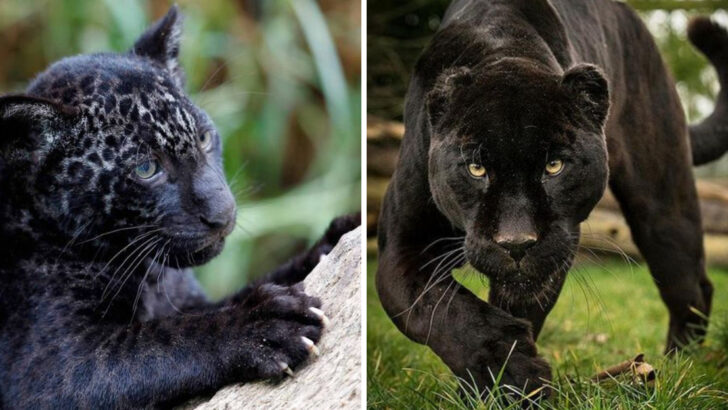Think you know your big cats? Think again.
The black panther and the black jaguar might look similar at first glance, but these majestic predators are not the same. One’s more elusive, the other packs a punch in the jungle.
Get ready to learn the key differences that separate these two powerhouse felines. From their origins to their hunting styles, there’s more to these creatures than meets the eye.
Are you ready to see these iconic cats in a whole new light? Let’s dive into what sets the black panther and the black jaguar apart, and why it matters.
Physical Appearance
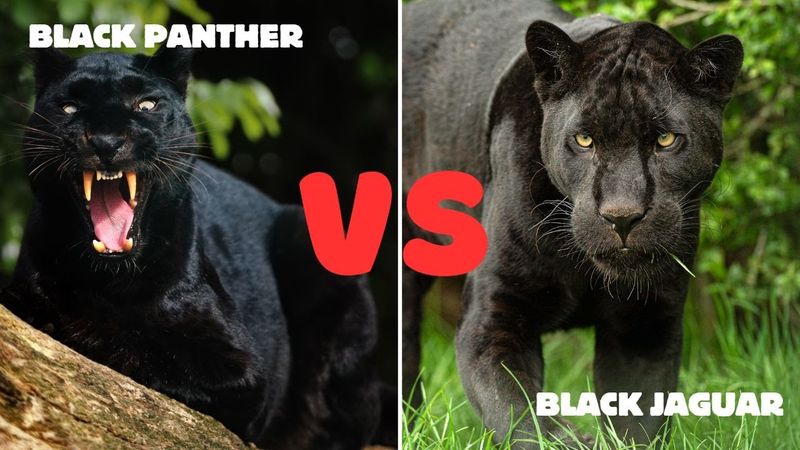
The physical appearance of black jaguars and black panthers is one of the most noticeable distinctions. Black jaguars, a melanistic variety of jaguars, boast a robust and muscular build with spots or rosettes faintly visible against their dark fur. These rosettes are a unique feature, setting them apart from the rest of their species. On the other hand, black panthers, typically a melanistic version of leopards or cougars, have a sleeker, more slender frame. While both have melanism, the subtle differences in body shapes and rosette visibility make them stand out in their respective habitats.
Geographical Distribution
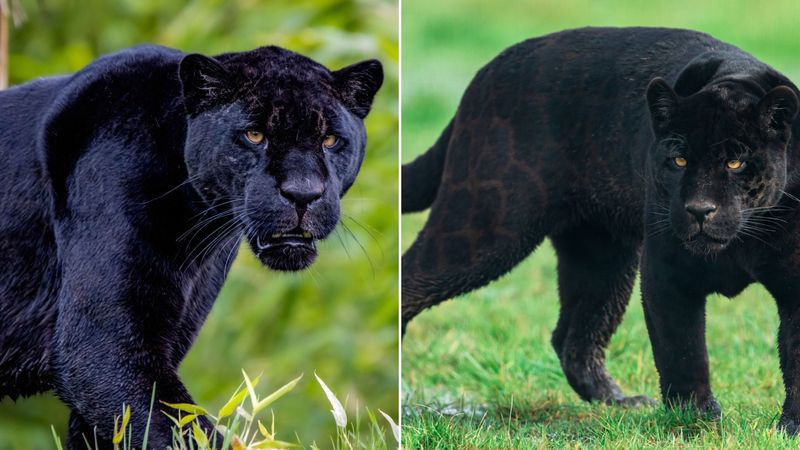
Geographical distribution plays a crucial role in differentiating these two big cats. Black jaguars primarily inhabit the dense, tropical rainforests of South and Central America. With the Amazon rainforest being their most notable home, they thrive in lush, humid environments. Conversely, black panthers, which include melanistic leopards and cougars, roam in varied regions across Africa and Asia. Leopards are common in sub-Saharan Africa and parts of Asia, while cougars are found in the Americas. This distinction in habitat highlights the adaptability and diverse evolution of these majestic felines.
Diet and Prey
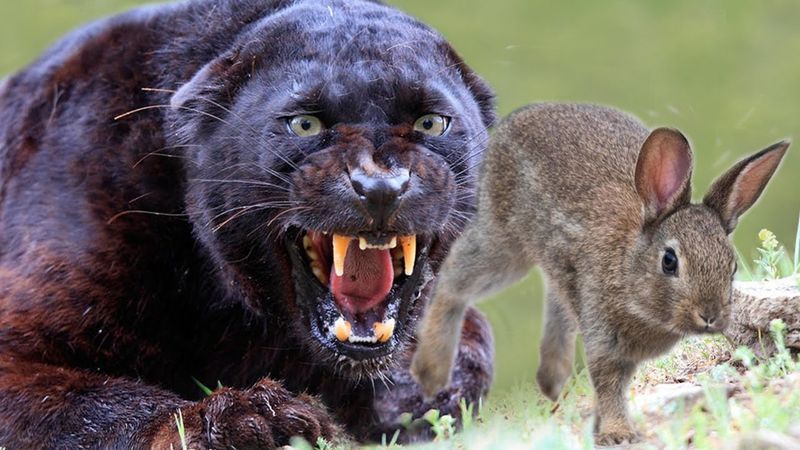
The diet of these big cats showcases their adaptability and hunting prowess. Black jaguars have a versatile diet, preying on mammals, fish, and reptiles in their riverine habitats. Known for their powerful bite, they can pierce the shells of armored reptiles. Black panthers, especially melanistic leopards, exhibit similar adaptability, hunting deer, antelope, and smaller mammals. This dietary overlap does not overshadow their unique hunting techniques. Jaguars are often solitary hunters, while leopards are more opportunistic, adapting their strategies to the available prey. This difference enriches their ecological roles.
Behavioral Traits
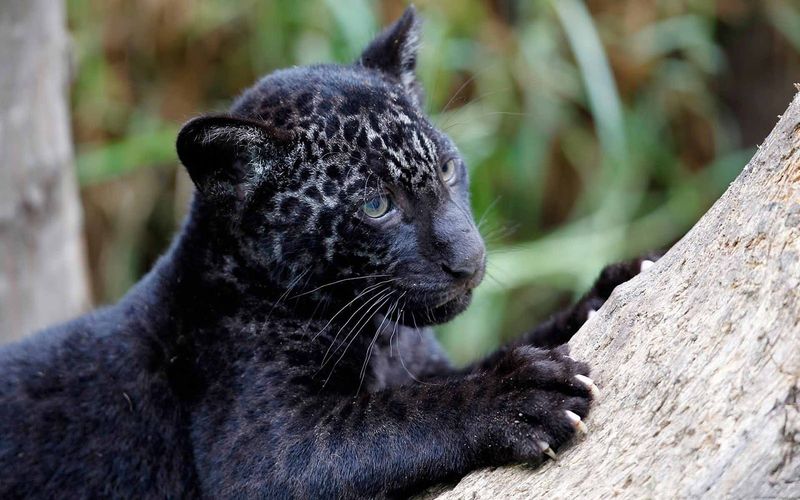
Behavioral traits offer intriguing insights into the lives of these creatures. Black panthers, especially those derived from leopards, are known for their elusive and solitary nature. They often rely on trees for hunting and resting, showcasing remarkable climbing abilities. Jaguars, however, are more social among big cats and are often seen in pairs or family groups. Their behavior is marked by a strong swimming ability, allowing them to hunt aquatic prey. This contrast in social behavior and habitat preference highlights the unique adaptations each species has developed to survive in their environments.
Conservation Status
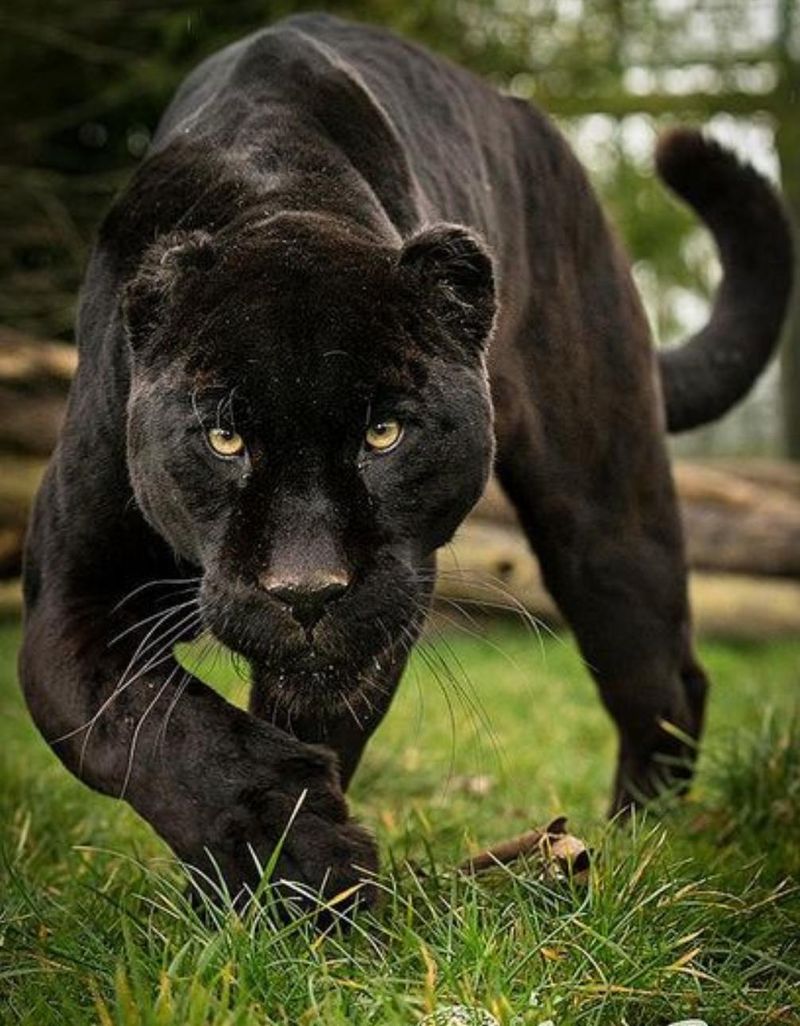
Conservation status is a significant concern for both species, although it varies. Black jaguars face threats from deforestation, habitat loss, and poaching in their South American territories. Despite these challenges, conservation efforts are underway to protect their habitats and ensure their survival. Black panthers, particularly leopards, face different threats, including habitat fragmentation and human conflicts. Efforts to preserve these animals focus on anti-poaching measures and habitat restoration. The conservation status of these species underscores the importance of global efforts to protect and conserve the biodiversity of our planet.
Cultural Significance
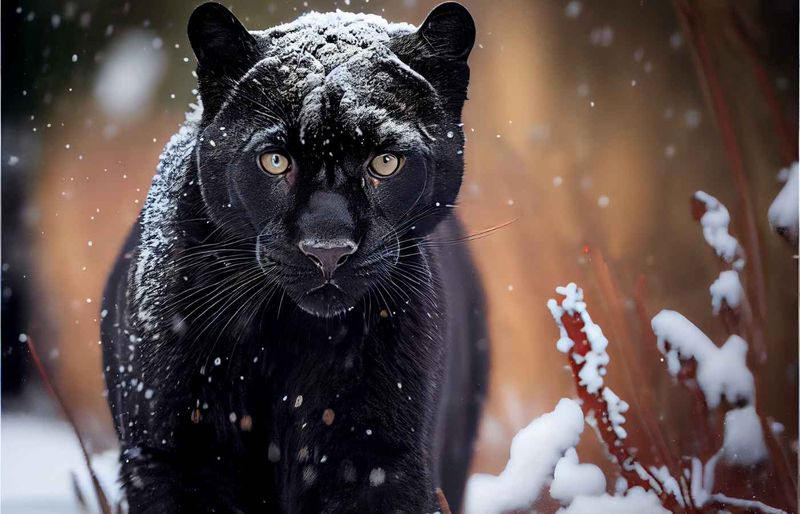
Both black jaguars and black panthers hold significant cultural importance across various societies. In many South American cultures, the black jaguar is revered as a powerful symbol of strength and mysticism, often appearing in myths and legends. Meanwhile, the black panther holds various symbolic meanings, from power and grace to mystery, prominently featured in art, literature, and media. This cultural significance reflects the deep admiration and fascination humans have for these animals, showcasing their lasting impact on our collective imagination and cultural narratives.

